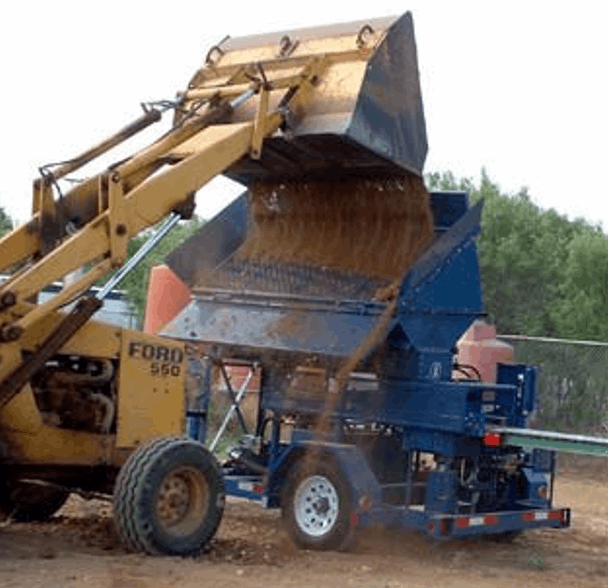- W. Graham1, M.L. Coody2, R. Burt3 and D. Beniwal4
- Architect, Mitchell Endowed Professor of Residential Construction and Visualization, Department of Construction Science, College of Architecture, Texas A&M University, College Station, Texas, USA, cwgraham@archone.tamu.edu
- Structural Engineer and Associate Professor, Department of Construction Science, College of Architecture, Texas A&M University, College Station, Texas, USA, mlcoody@archone.tamu.edu
- Assistant Professor, Department of Construction Science, College of Architecture, Texas A&M University, College Station, Texas, USA, rburt@archone.tamu.edu
- Graduate Student in Construction Management, Department of Construction Science, College of Architecture, Texas A&M University, College Station, Texas, USA, dbeniwal@archone.tamu.edu
ABSTRACT
Coefficients exist for the physical movements that clay brick and concrete masonry units undergo in service. Less well-known, however, are the movements of masonry units made of compressed earth. The standard laboratory tests for certification of quality and strength standards for fired clay brick and concrete masonry units, for example, include test procedures that must be modified for earth masonry. The hot and cold water baths used for absorption determination would cause unmodified earth bricks to dissolve. While masonry units modified with Portland cement, lime, or fly ash will have increased durability to dissolving in the water baths, very few ASTM or other standard procedures have been developed to determine the movement coefficients for compressed earth block units. A review of the literature and preliminary testing of compressed earth bricks has found that standard tests in the laboratory must be adapted to determine the physical characteristics of earth masonry. Among the coefficients needed are those for thermal expansion (kt); moisture expansion (ke); shrinkage (km); elastic shortening (ES); creep (kc); and, deflection (∆). A presentation of what are known and not known about the movement characteristics of earth masonry units should generate discussions that will help direct future efforts to accurately define the performance of these units. This information should be helpful to architects and engineers whose goals are to design and construct sustainable buildings.
KEYWORDS: compressed earth block, movement, coefficients, expansion, shrinkage
5c-3



